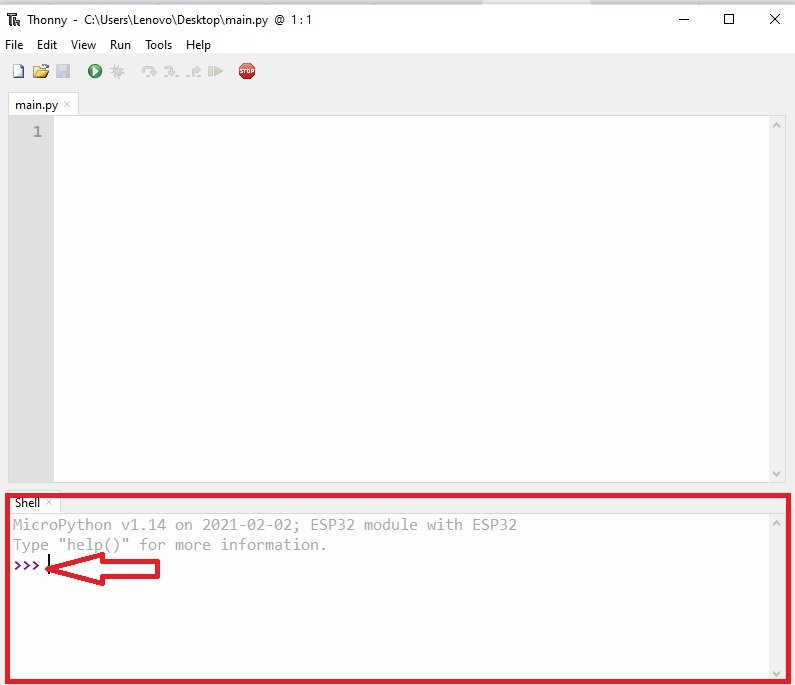

Install it and find out where it puts the Python executable ( python.exe in Windows and python3 or python in Linux and Mac).

Note that Thonny supports only Python 3, so make sure you choose a Python 3 version of Anaconda.

Most likely you want the graphical installer and the 64-bit version (you may need a 32-bit version if you have a very old system).
THONNY IMPORT MODULE DOWNLOAD
Go to and download a suitable binary distribution for your platform. numpy, pandas and matplotlib) have wheels available for popular platforms so you can most likely install them with pip but in case you have trouble, you could try using Thonny with a separate Python distribution meant for scientific computing (eg. Recent versions of most popular scientific Python packages (eg. The Python distribution that comes with Thonny doesn't contain scientific programming libraries (e.g. Reset the interpreter by selecting "Stop/Reset" from the "Run menu" (this is only required the first time you do the pip install).You should see pip downloading and installing the package and printing a success message. In the following I've assumed the command name is pip. You should get a new terminal window stating the correct name of the pip command (usually pip or pip3). From the "Tools" menu select "Open system shell.".To import your module from wordcounter (which is now inside the subword_count folder) into a new Python file, you need to call it absolutely.From the "Tools" menu select "Manage packages." and follow the instructions. But the file that you intend to import your function from (which is wordcounter, in this case), is in another folder within your project's directory-let's call that folder subword_count. To understand this a bit further, let's assume that you've created a new file within your project's directory. What if the new file isn't in the same directory as the module file? In these cases, you must reference the module by using an absolute import. To reuse that function in a new Python file, we import it from its parent file ( wordcounter.py). In the snippet above, CountWords is the function inside the wordcounter.py file. Here's what the new file looks like: from wordcounter import CountWords To make sure this is the case, just create a new Python file in the same directory where you have the wordcounter.py file. Note that all your Python files must be in the same directory, in this case.
THONNY IMPORT MODULE CODE
If you need that function in a new file and don't want to rewrite the whole code or function, all you need to do is import that function as a module in your new file. That file holds a function called CountWords. Remember that you earlier created a file named wordcounter.py. That's it we're created a word counter module. Now that the raw code is working, we then modularize it by creating a function that makes the code reusable: def CountWords (words): # Next, loop through the variable to count the words in the created variable Here's what the wordcounter file looks like: # create a variable called word that holds some strings In this case, the file is named as wordcounter.py ensure that you use the correct. Next, open up a text editor to your project location and create a new Python file. Note that while you might not have need for a word count, it's how the idea relates to code reusability that matters for this explanation. Generally, you can find a word count by adding one to the number of spaces in a sentence. As a good practice, to create the word counter function, we first try to figure out a raw formula for calculating it.


 0 kommentar(er)
0 kommentar(er)
